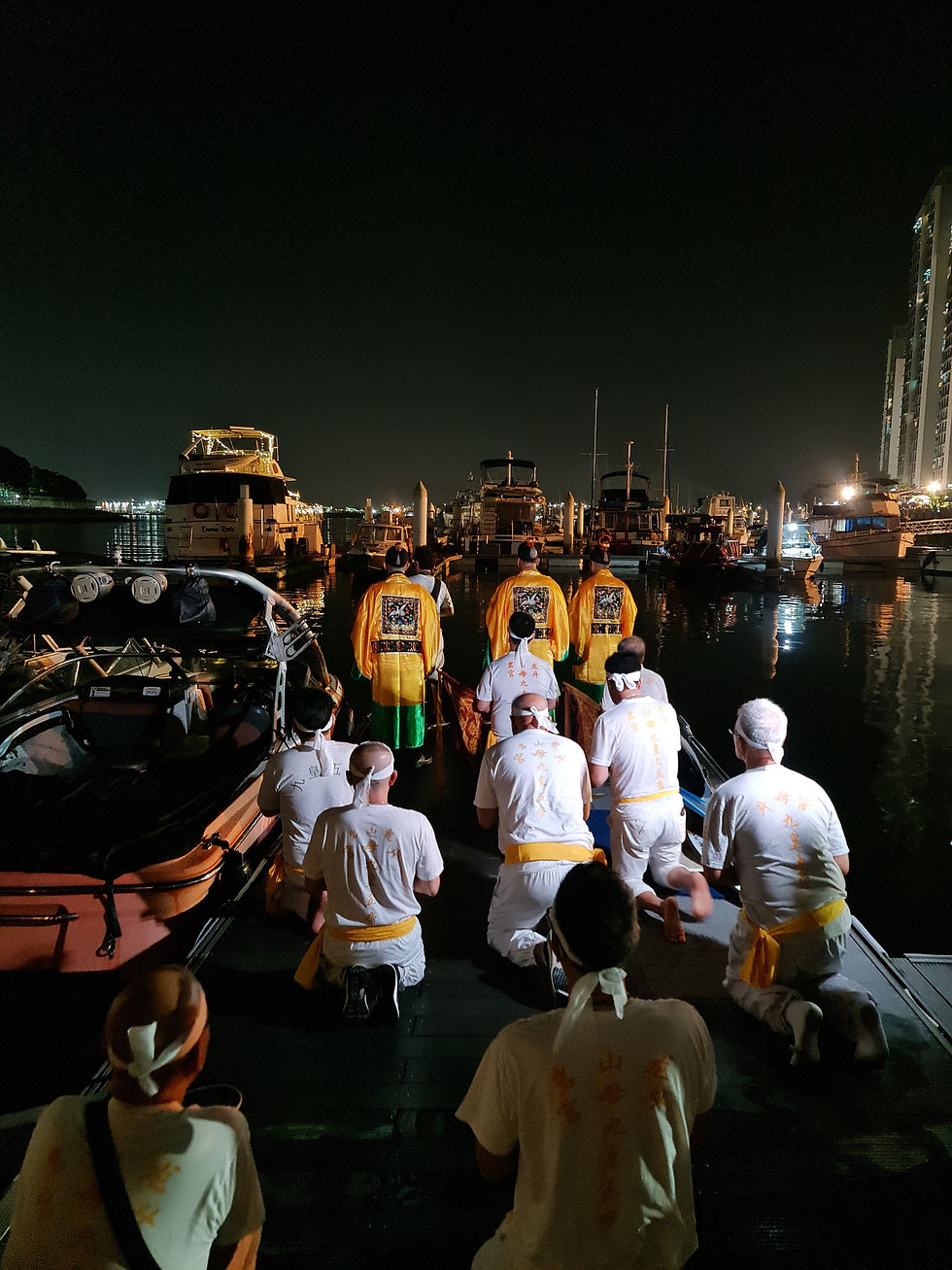- Dec 25, 2023
During our recent holiday to Ipoh, Malaysia, I was intrigued by the phenomenon of Hindu, Buddhist, and Taoist temples next to or inside the limestone hills which surround the city.
We visited these temples:
1. Perak Guanyin Cave
A Buddhist temple in a limestone cave, dedicated to Guan Yin. It is filled with hundreds of Guan Yin and Buddha statues paid for by devotees.



2. Sam Poh Tong (“Three Jewels Cave”) Temple
Another Buddhist temple in a limestone cave. Founded in 1890, it is the oldest cave temple in Ipoh.


A tunnel in the cave leads to an open area with breathtaking views made of steep cliffs, thick forest, and an abandoned temple building which looks like it came straight out of a role-playing game.

3. Guan Yin Dan Ba Xian Tong (Goddess of Mercy and Eight Immortals Cave)
A Taoist temple in a limestone cave. The Eight Immortals and the Fortune Deity (Cai Shen) are painted on the walls of the cave.


Further inside, amidst other deities, there is an altar for deities of the netherworld such as Da Er Ye Bo, next to a stream which I believe springs forth from inside the hill.

4. Kallumalai Arulmigu Subramaniyar Temple
A Hindu temple next to 3, dedicated to Subramaniyar, also known as Murugan. It has an enclosure full of peacocks, Murugan’s vehicle.



5. Kuil Sri Raja Muneeswarar Temple
A Hindu temple tucked away at the end of a long track through a quiet residential area, next to soaring cliffs. Around 150 years old, it is dedicated to Muneeswarar. Nearby, there is a bamboo grove with numerous Hindu deities around it.



Outside the temple, we were very fortunate to meet the owner of the land on which it stands. He introduced himself as Dato Muttiah, the head of a construction firm, and he told us a fascinating backstory about the temple.
The 68-year-old Dato had his first encounter with Muneeswarar when he was 13. Twenty-five years later, he decided to buy the land on which the temple stood. As an act of devotion, he ordered its gopuram rebuilt.
However, Muneeswarar visited him again - and ordered a second gopuram built for the temple! No reason was given. But he listened - and that is why the temple has two gopuram at the front, one in front of the other, which puzzled me when I first cast my eyes on the temple.
The temple is still closed for renovations in and around the complex, but one of his workers graciously let us enter and explore its beautifully-decorated interior. Dato is getting on in years and has multiple health issues, but he is determined to finish God’s work on Earth.













